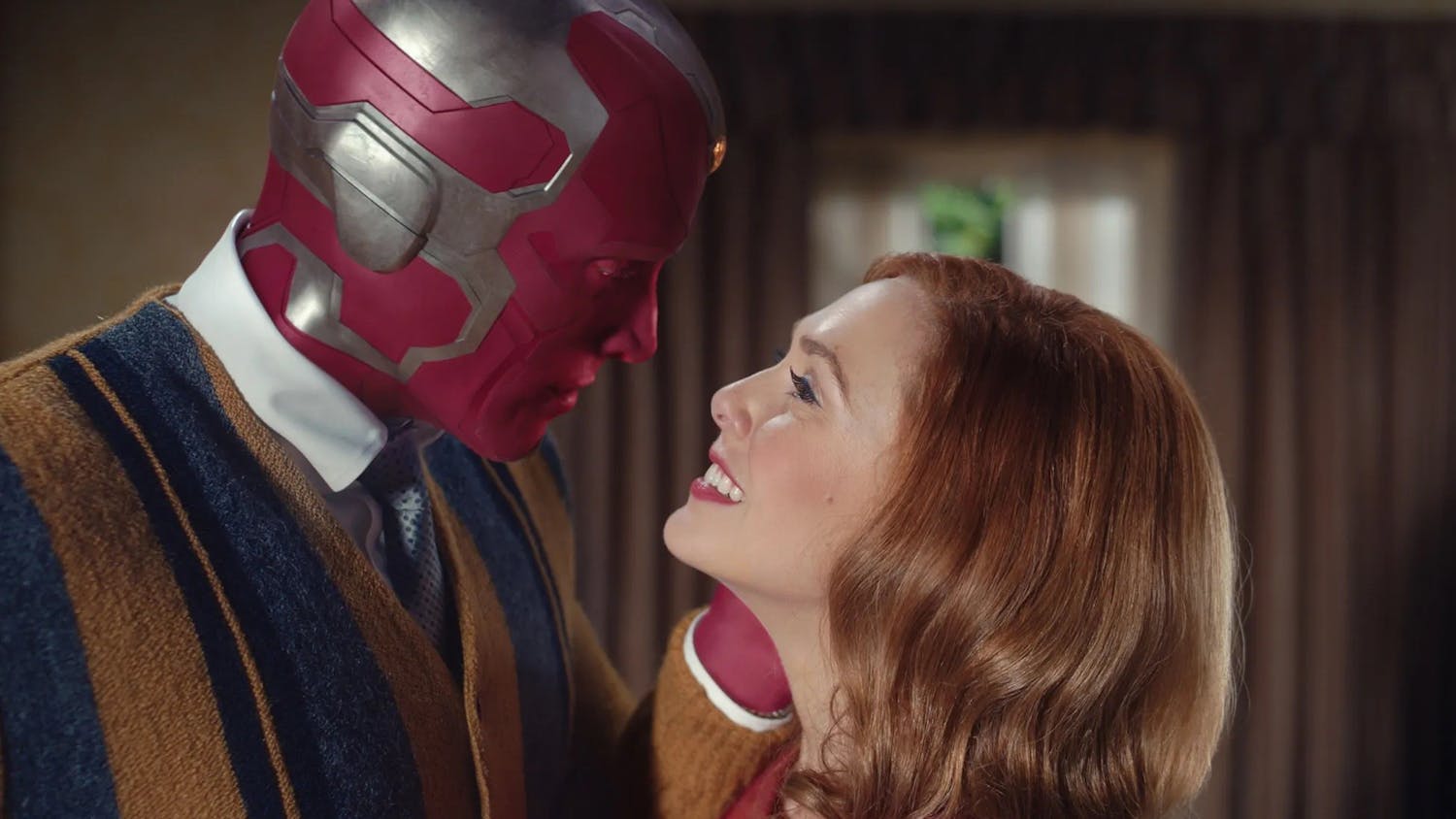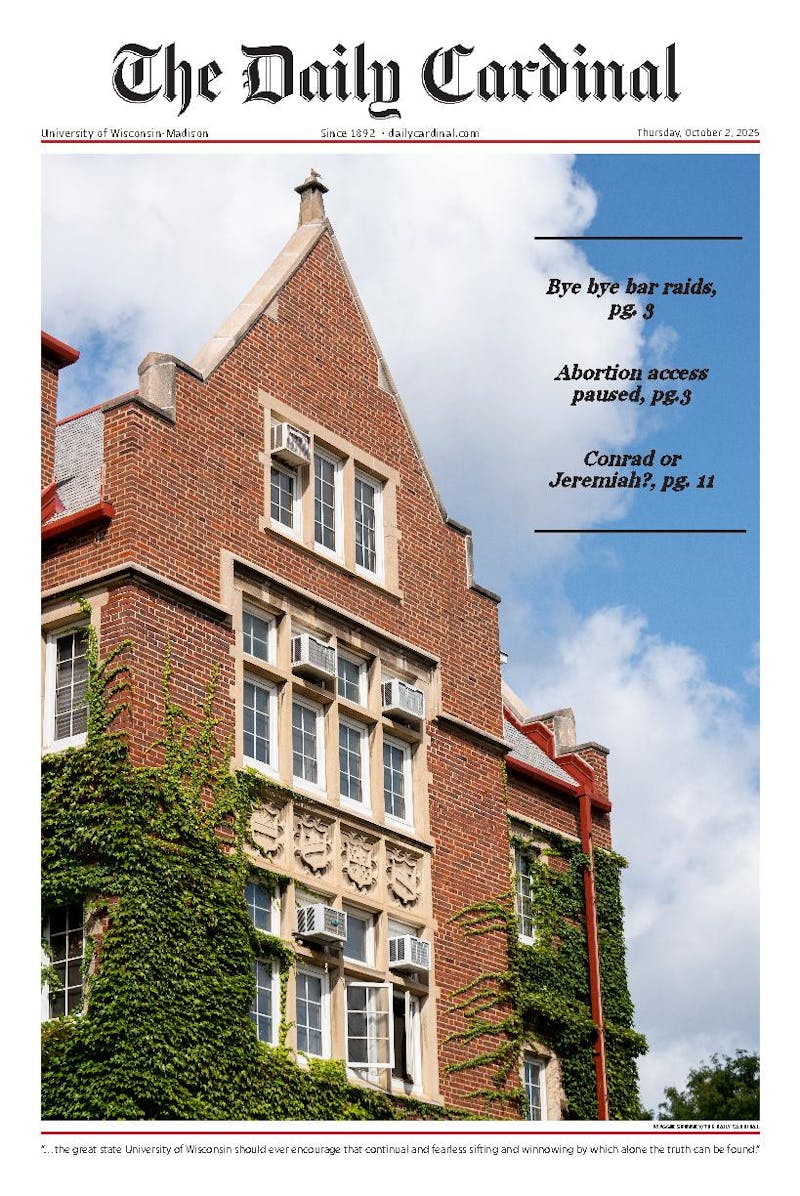For those of us who grew up with Studio Ghibli’s films, animation has always felt like a safe space. It was a portal to explore the troubled morality of the world without feeling trapped by it. Sure, bad guys do exist—be they big-nosed witches, tree-burning industrialists, or belligerent polities—but by the end they are always vanquished or revealed to be somewhat decent. If hope seemed faint, it would always return by the end.
That is, unless you saw “Grave of the Fireflies” or “The Tale of The Princess Kaguya,” both films directed by Isao Takahata. “Faison Kaguya,” tells the story of a mythical girl who emerges from a bamboo shoot as a baby and is groomed into a princess by her well-meaning parents. The first act is classically Ghibli: Kaguya, or Takenoko (Japanese for bamboo) as her friends affectionately call her, embraces the simplicity of rural life. She grows quickly from tumbling a myriad of ways on a straw mat to jumping from bamboo to bamboo with seamless ease. She shares stolen fruits with trusted friends and enthuses about pheasant soup. The simple life is charming, and you imagine yourself escaping into the bamboo forest as our protagonist does.
Yet it never is that simple, is it? Enrolled into a noble life by her well-meaning parents, Kaguya moves to the city and is compelled to become a lady. As it turns out, the first act was but a ruse. This is not a standard Ghibli film, and no amount of comical antics by stock characters will change that. For the rest of the film, the audience is entreated to the slow but sure degradation of a young woman’s spirit. Day by day, Kaguya’s unbridled excitement for life is choked out of her. While her resistance begins with an emphatic speech defending laughter and joy, it eventually shrivels into a supine, tearful acceptance of blackened teeth and epilated brows.
“I am from the Moon.” This shift to the final act is abrupt, but perhaps not surprising if you accept the outlandish nature of Kaguya’s birth. This is where, I suspect, the film will lose a few followers, as it dispenses with suspension of disbelief. There is no build-up to the revelation and you are likely to be equal parts convinced and bewildered. Yet it is also the section that will lead most to think. It is unrelentingly fatalistic, as an expressionless deity clothes Kaguya in a memory-erasing robe, and brutally despondent, as we are made to bear witness to parents losing their child. We see futile, desperate attempts by the father to militarize against the deities. We see the world drop into a momentary slumber as Kaguya crosses the border into afterlife.
Isn’t this all a metaphor on life itself? Kaguya came, in the familiar terms of our language, with the “miracle” of childbirth. As things get gloomy, she flits between a yearning for the end and a reluctance to leave. In the end, she reaffirms the wonders of life but is too late. As we slog through our lives, do we not constantly wonder what all this is for? As we entertain the whims of others, do we not wish this could all end? Do we not daydream, as Kaguya and her childhood friend Sutemaru do, about the lives that might have been? Yet at the end, in spite of our dreams, our experiences and the demands of our loved ones, we will all die. The fanfare of Kaguya’s going-away procession seems tone deaf, but they serve to highlight how death does not discriminate. It runs on its own rules, it listens to nobody, and it will take what it promises to take.
In many ways, “The Tale of The Princess Kaguya,” reads as a response to the whimsical and fantastical nature of Hayao Miyazaki’s works. It refuses to fit neatly into Ghibli’s Miyazaki-dominated canon. It proffers no happy ending. There is no hero or villain, only life and death. Certainly it honors that strand of environmentalism that suffuses Miyazaki’s works, but the experience is fundamentally human. The pernicious patriarchy, the duplicitous megalomaniacs and the mindless adherence to tradition are brought to bear on our characters far more clearly than we have seen from Ghibli. Viewers, in particular, will cringe at the sight of the Emperor imposing himself on Kaguya. Takahata hides not behind the reverie of caricatures and anthropomorphic creatures, but chooses instead to tell it as he sees. It is a realistic, fatalistic and profoundly devastating story. If this is to be the final hurrah of Studio Ghibli and indeed Takahata himself, it is a befittingly powerful one.
Elliot Poh is a member of the WUD Film Committee and did take part in voting for the showing of this movie at the Marquee.





